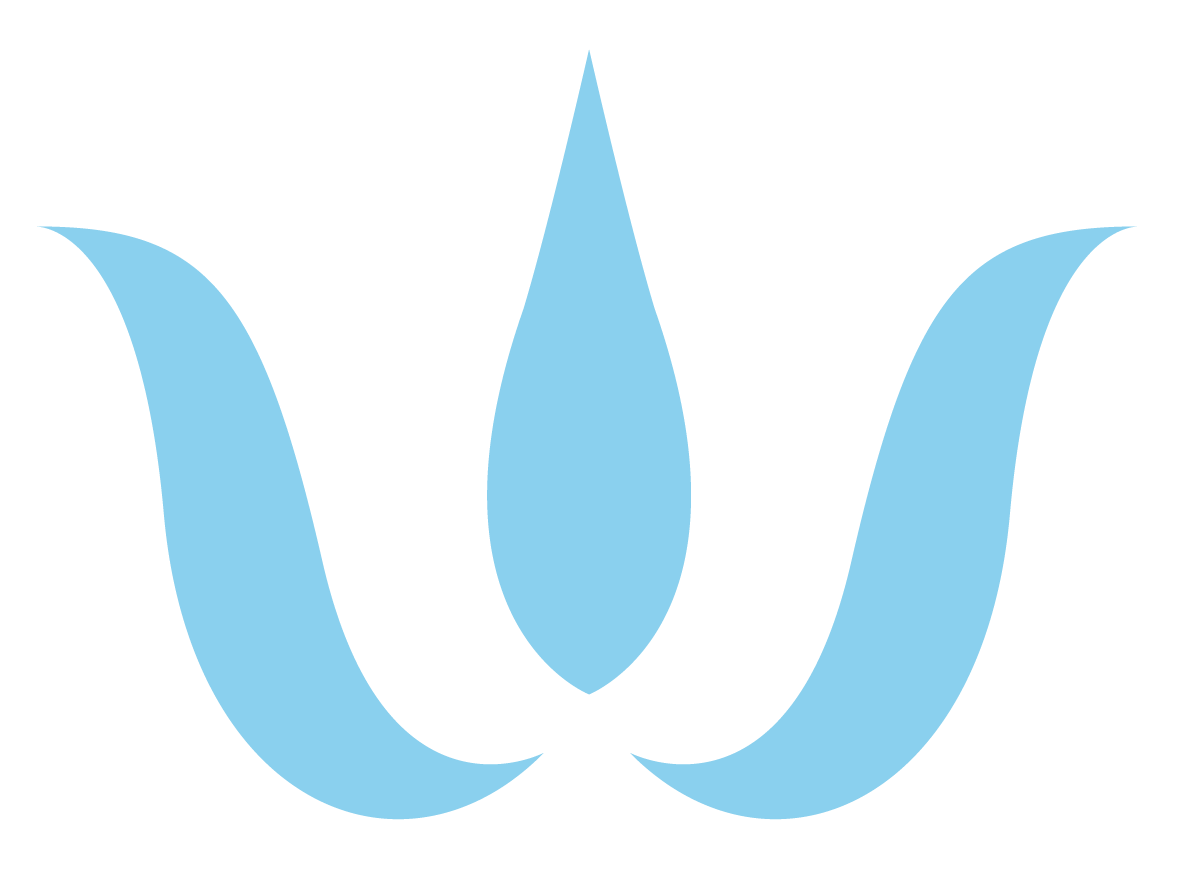How To Relieve Posterior Shoulder Pain: Get Relief Fast
Author: Dr. Mike Suplicki
How To Relieve Posterior Shoulder Pain: Get Relief Fast
Posterior shoulder pain can be debilitating, affecting your ability to perform everyday tasks and engage in physical activities. Whether it's caused by injury, overuse, or poor posture, finding relief from posterior shoulder pain is essential for restoring mobility and improving quality of life. In this comprehensive guide, we'll explore effective strategies and techniques to help you relieve posterior shoulder pain quickly and effectively.
Understanding Posterior Shoulder Pain
What Causes Posterior Shoulder Pain?
Posterior shoulder pain can have various causes, including:
Rotator cuff injuries
Impingement syndrome
Frozen shoulder
Poor posture
Overuse or repetitive movements
Muscle imbalances
Arthritis
Symptoms of Posterior Shoulder Pain
Common symptoms of posterior shoulder pain may include:
Dull, aching pain in the back of the shoulder
Pain with overhead movements or reaching behind the back
Stiffness and limited range of motion
Weakness in the shoulder muscles
Difficulty sleeping on the affected side
Strategies for Relief
Rest and Immobilization
If your posterior shoulder pain is due to an injury or overuse, it's essential to rest the affected shoulder and avoid activities that aggravate the pain. Immobilization, such as wearing a sling or brace, can help reduce strain on the shoulder joint and promote healing.
Physical Therapy Exercises
Physical therapy exercises are an effective way to relieve posterior shoulder pain and improve mobility. Your physical therapist can prescribe specific exercises to strengthen the muscles surrounding the shoulder joint, improve flexibility, and correct any underlying imbalances.
Heat and Cold Therapy
Applying heat and cold therapy can help reduce inflammation and alleviate posterior shoulder pain. Use a heating pad or warm compress to relax tight muscles and increase blood flow to the area. Alternatively, apply an ice pack or cold compress to numb the pain and reduce swelling.
Massage Therapy
Massage therapy can help relieve tension and tightness in the muscles of the posterior shoulder, promoting relaxation and pain relief. A skilled massage therapist can target specific trigger points and knots, improving circulation and restoring range of motion.
Prevention Tips
Maintain Proper Posture
Poor posture can contribute to posterior shoulder pain by placing excessive strain on the muscles and joints of the shoulder girdle. To prevent pain and discomfort, focus on maintaining proper posture throughout the day, whether sitting, standing, or walking.
Strengthen Shoulder Muscles
Weakness in the muscles surrounding the shoulder joint can increase the risk of injury and contribute to posterior shoulder pain. Incorporate strength training exercises targeting the shoulders, such as shoulder presses, rows, and lateral raises, into your workout routine to build strength and stability.
Practice Good Ergonomics
Whether you're sitting at a desk or working on your computer, practicing good ergonomics is essential for preventing posterior shoulder pain. Ensure that your workspace is set up properly, with ergonomic furniture and equipment that support proper posture and reduce strain on the shoulders and neck.
Warm-Up Before Exercise
Before engaging in physical activity or exercise, be sure to warm up properly to prepare your muscles and joints for movement. Incorporate dynamic stretches and mobility exercises targeting the shoulders to increase blood flow and flexibility, reducing the risk of injury and pain.
Frequently Asked Questions about Posterior Shoulder Pain
When should I seek medical attention?
If pain is severe, persists, is accompanied by swelling or weakness, or affects arm/hand function.
Are there specific exercises to help?
Yes, exercises like shoulder blade squeezes, stretches, and rotator cuff strengthening can help alleviate pain.
Should I rest my shoulder?
Rest initially, but balance it with gentle movement and rehabilitation exercises to prevent stiffness.
Can physical therapy or chiropractic help?
Yes, physical therapy and chiropractic together can address muscle imbalances, improve shoulder mechanics, and promote proper movement patterns.
What lifestyle changes can prevent posterior shoulder pain?
Maintain good posture, avoid prolonged sitting or overhead activities, practice proper lifting techniques, and stay physically active.
Could posterior shoulder pain indicate other health conditions?
Yes, it could be related to issues like rotator cuff tears, bursitis, tendonitis, or cervical spine problems. A healthcare professional should provide an accurate diagnosis.
How long does recovery take?
It varies, but with proper treatment, many see improvement within weeks to months. Severe cases may take longer.
Find Relief from Your Shoulder Pain Today
Posterior shoulder pain can significantly impact your daily life, but with the right strategies and techniques, relief is possible. By understanding the causes of posterior shoulder pain and implementing effective relief strategies such as rest, physical therapy, heat and cold therapy, and prevention tips, you can alleviate pain, improve mobility, and get back to doing the things you love without discomfort. Remember to consult with a healthcare professional before starting any new treatment or exercise program, especially if you're experiencing persistent or severe shoulder pain.
Our team of Gonstead Chiropractors at The Winchester Institute are ready to help you find relief from your posterior shoulder pain. We offer a complimentary consultation to all patients seeking treatment at our Dublin, OH clinic. Schedule your free consultation today!

